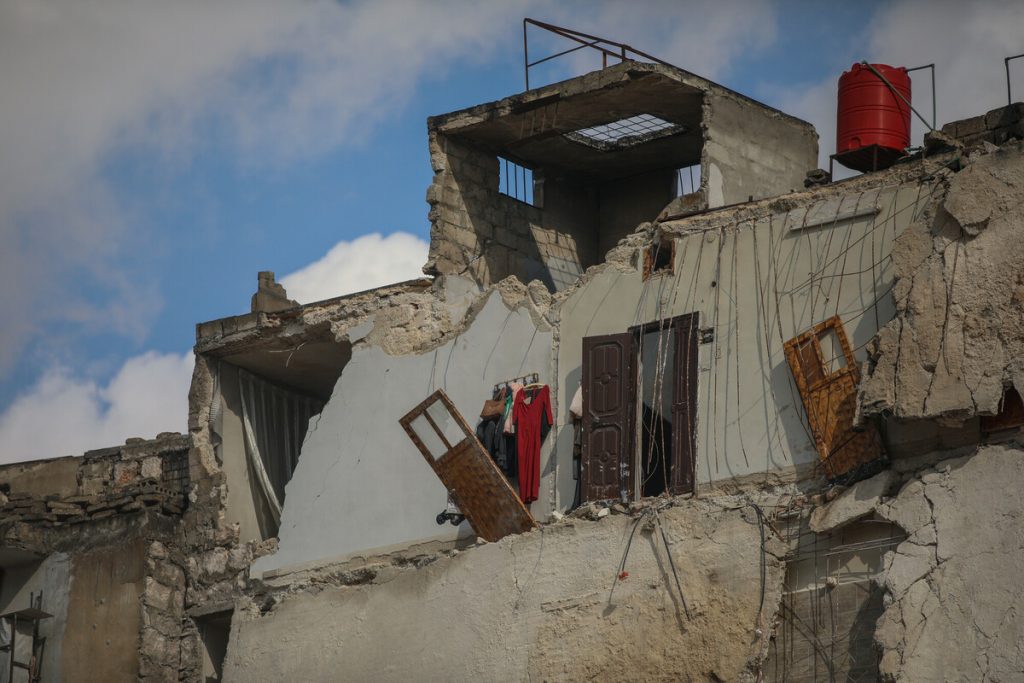Ebola – How the crisis affects men and women differently
By Ann Witteveen
Aid organizations and staff have long known that humanitarian crises affect men and women differently, depending on their roles in society and the particular nature of the crisis.
Oxfam’s work on Gender in Emergencies is built around standards that guide how we respond through the project cycle and protect women from gender-based violence. Consistent standards ensure that both men and women participate in projects. And they ensure that the needs of men and women of different ages are met. We use data that is sex-disaggregated.
Ebola is a very different crisis from those Oxfam typically works on. Our Gender in Emergencies guidelines still apply and are relevant, but the analysis of the impact on men and women is different from our past experience of working in earthquake zones or in the aftermath of a Typhoon, or even with displaced women and men. A new Interagency Standing Committee (IASC) report summarizes the unique ways that the Ebola epidemic intersects with gender.
At first glance, by simply looking at the sex-disaggregated breakdown of the cumulative cases, there is no difference between men and women: 51% of the cases are female and 49% male, with only slight variations across the three countries (female cases per country are Guinea 51.7%, Liberia 49% and Sierra Leone 52.3%).
But by digging deeper there are host of other impacts that affect men and women differently. For example, the already fragile health sector capacity in the Ebola crisis-affected countries has been overwhelmed. In particular, it has been unable to adequately address the needs of women to access maternal health services including delivery and antenatal care.
With abandoned health facilities and limitations on people’s movement, pregnant women are now more likely to give birth unattended. They're also more likely to forego pre-natal and post-natal care, including prevention of maternal to child transmission of HIV, as well as being unable to access live-saving emergency obstetric and newborn care.
It's estimated that in Guinea, Liberia and Sierra Leone, more than 800,000 women will give birth in 2015. Without life-saving emergency obstetric care, more than 120,000 of these women could face complications that might be life-threatening to them and/or their babies: Recent reports show the percentage of women in Liberia having assisted deliveries is down from 52% in 2013 to 37.75% in May-August 2014, while in Guinea pre-natal consultations have dropped from 25% to 10% and assisted birth deliveries from 20% to 7% over a similar period.
Rebuilding the health infrastructure and convincing women to pursue health services, especially after the Ebola crisis, will be a big challenge in the coming months amd years. We are only just beginning to understand the full impact of the epidemic on health services.
More examples are in the inter-agency report. Given the scope and gravity of the crisis, it's not surprising to see detrimental impacts on many different facets of life.
But emergencies also often bring positive change. One emerging example from the Ebola crisis – that never would have been predicted – is that there is anecdotal evidence that Female Genital Mutilation (FGM) has been drastically reduced in Sierra Leone. With the official banning and the reluctance of the circumcisers to carry out FGM there is an opportunity to build the anti-FGM momentum in Sierra Leone with educational and informative programmes.
Ann Witteveen is Oxfam Canada's Humanitarian Manager
Learn more about how Oxfam and its partners are responding to the Ebola crisis

